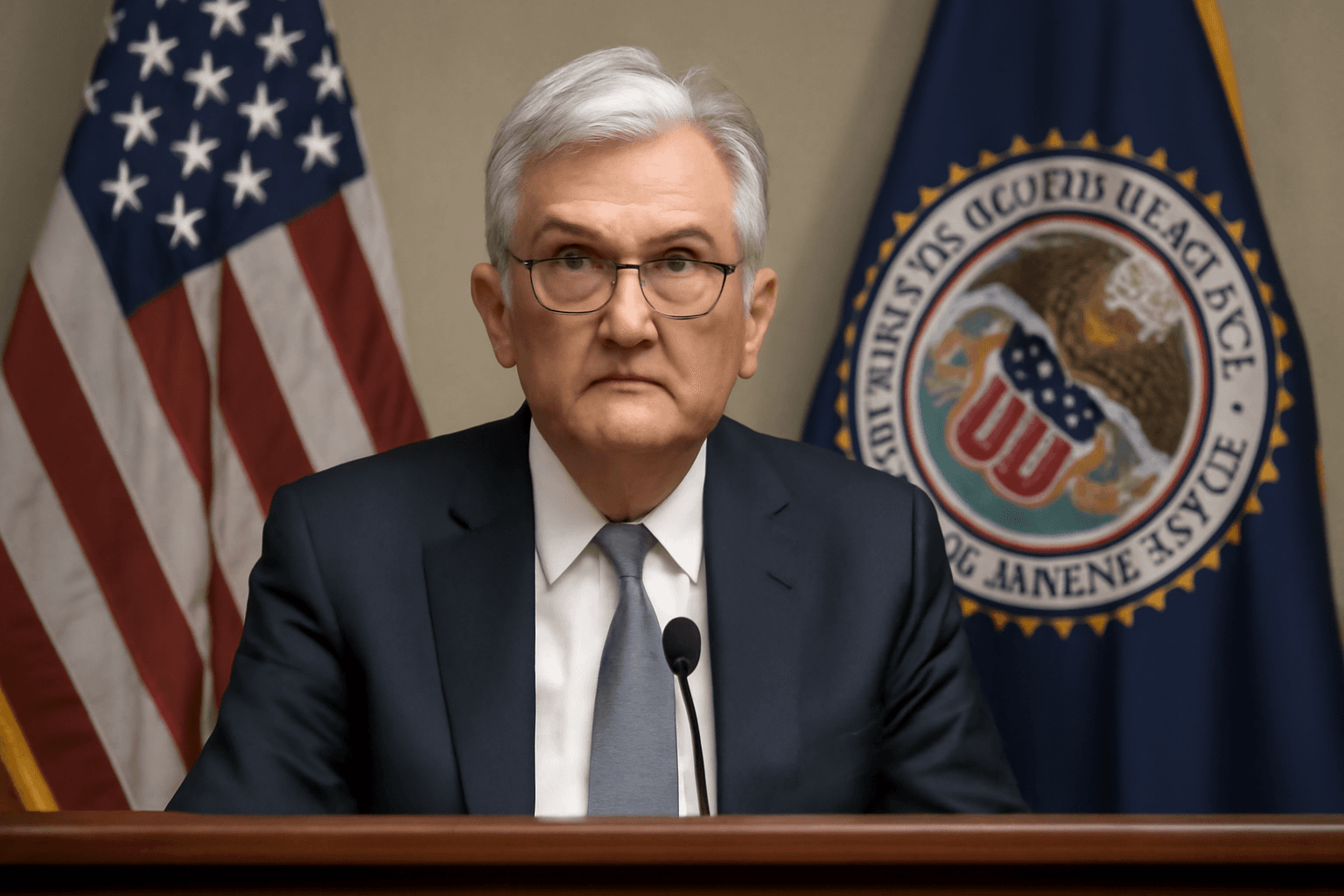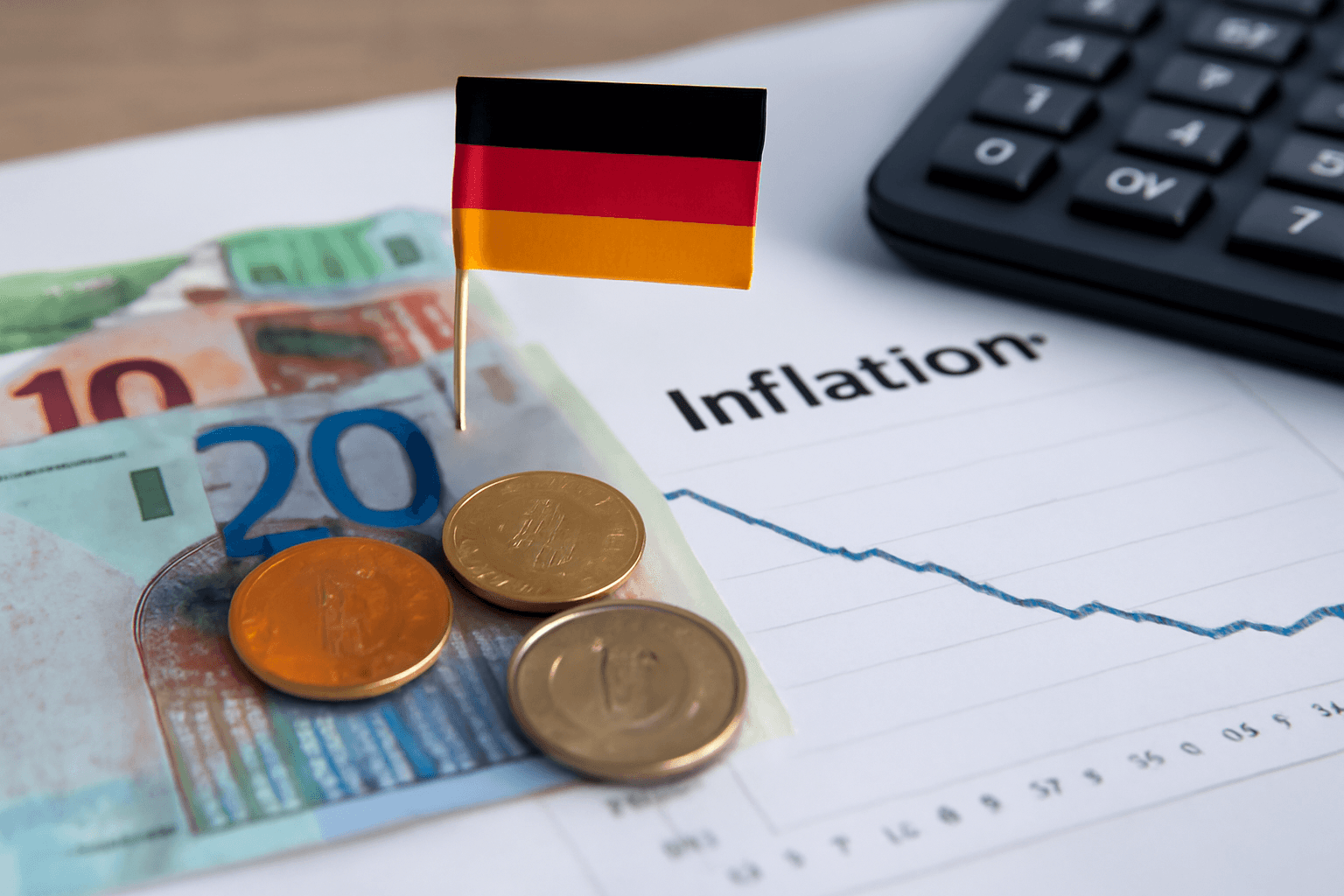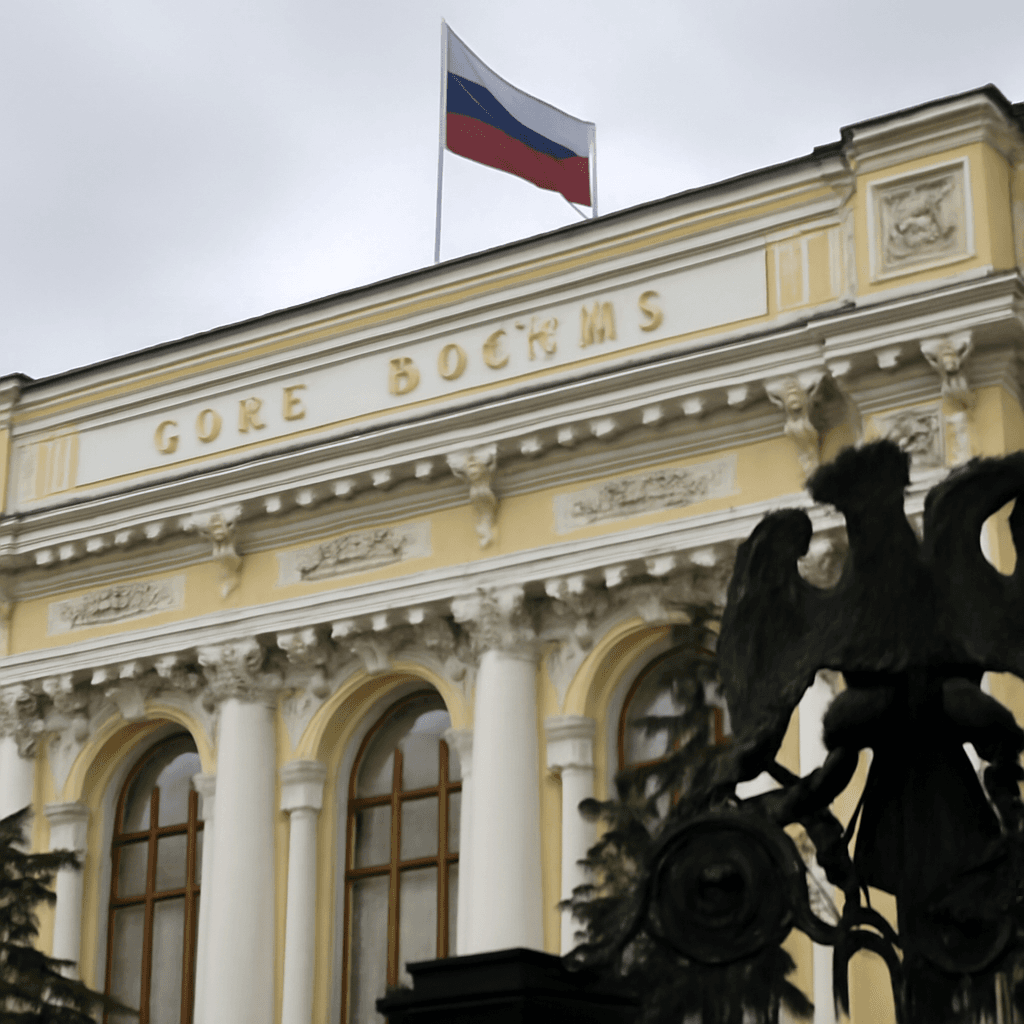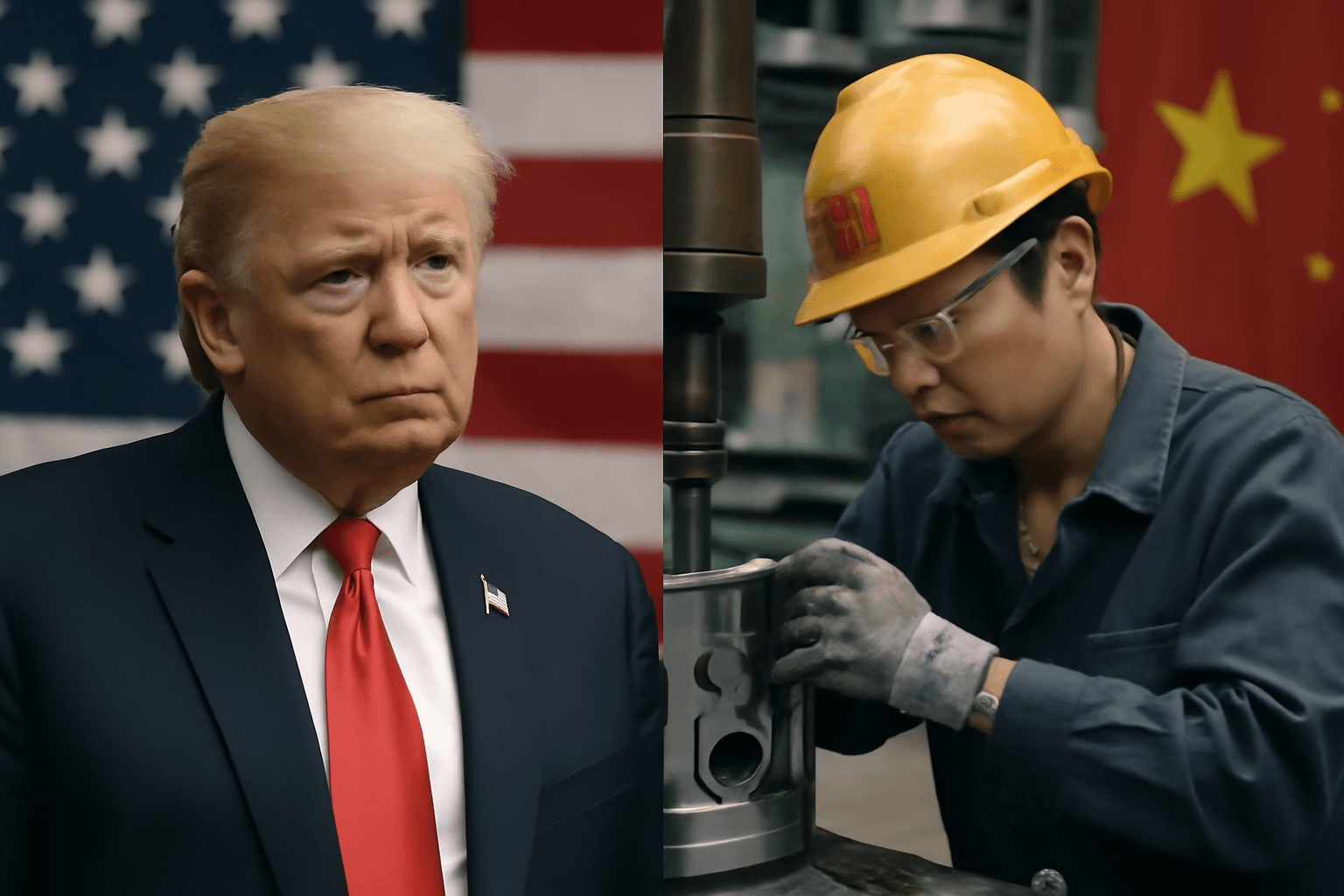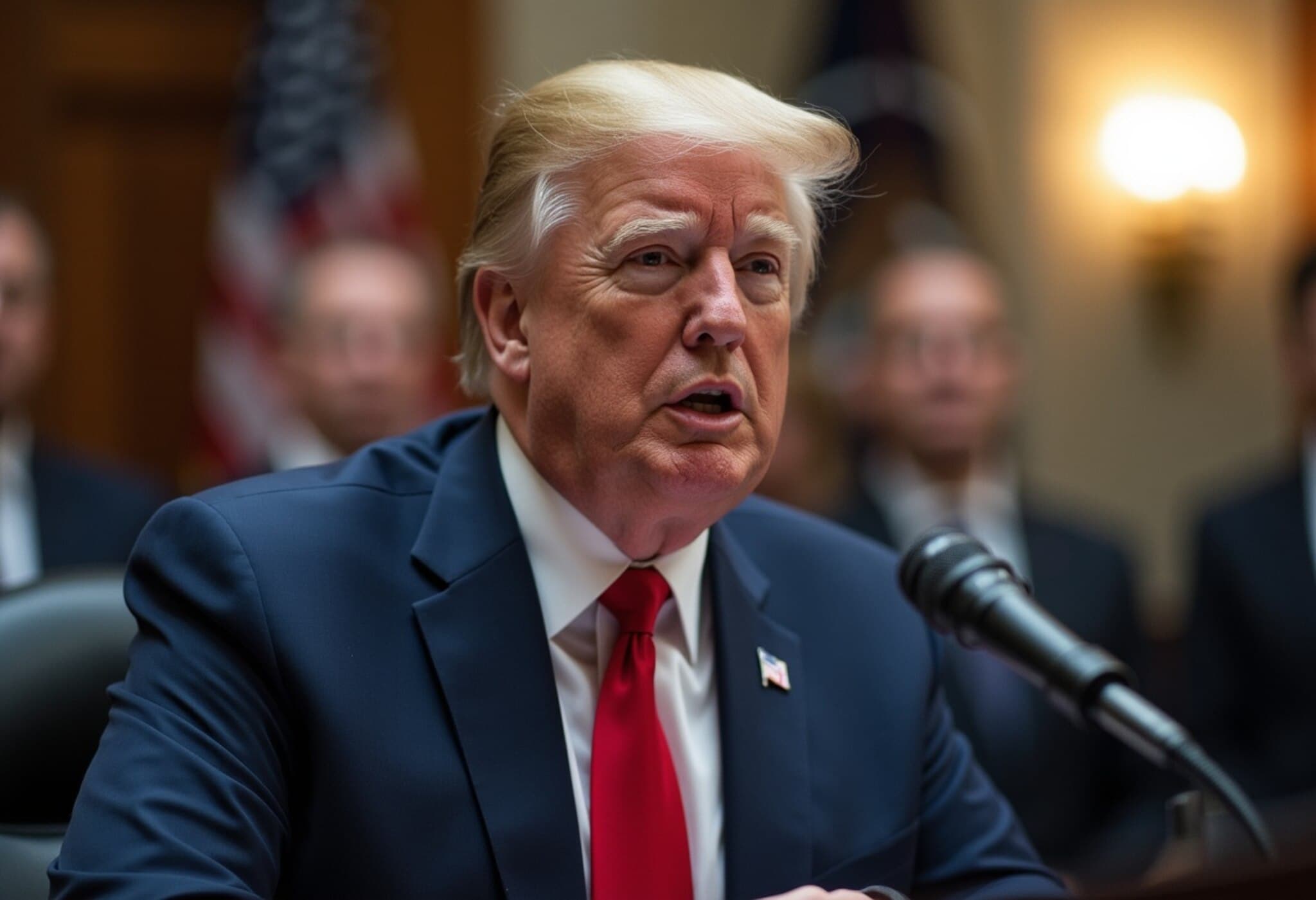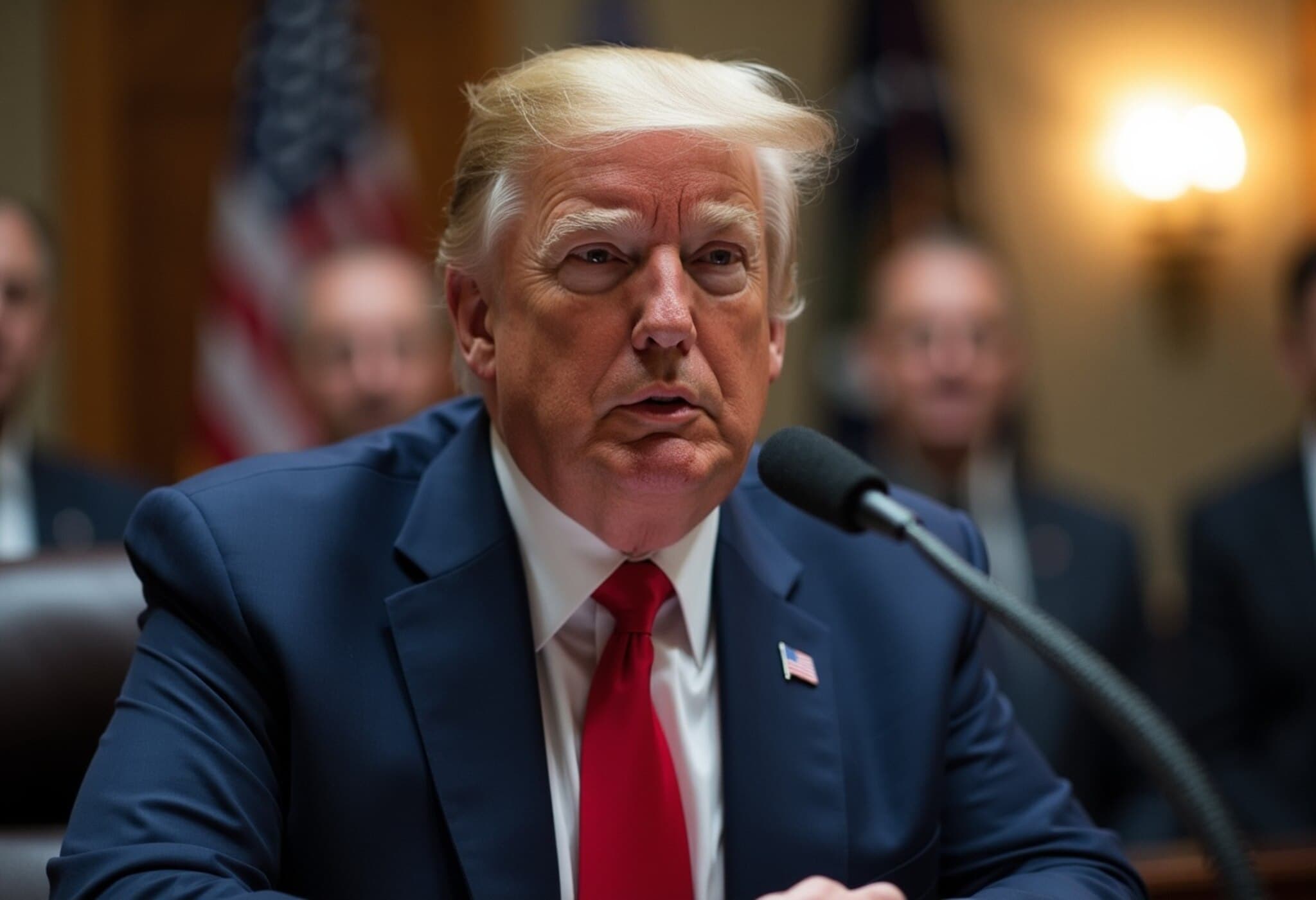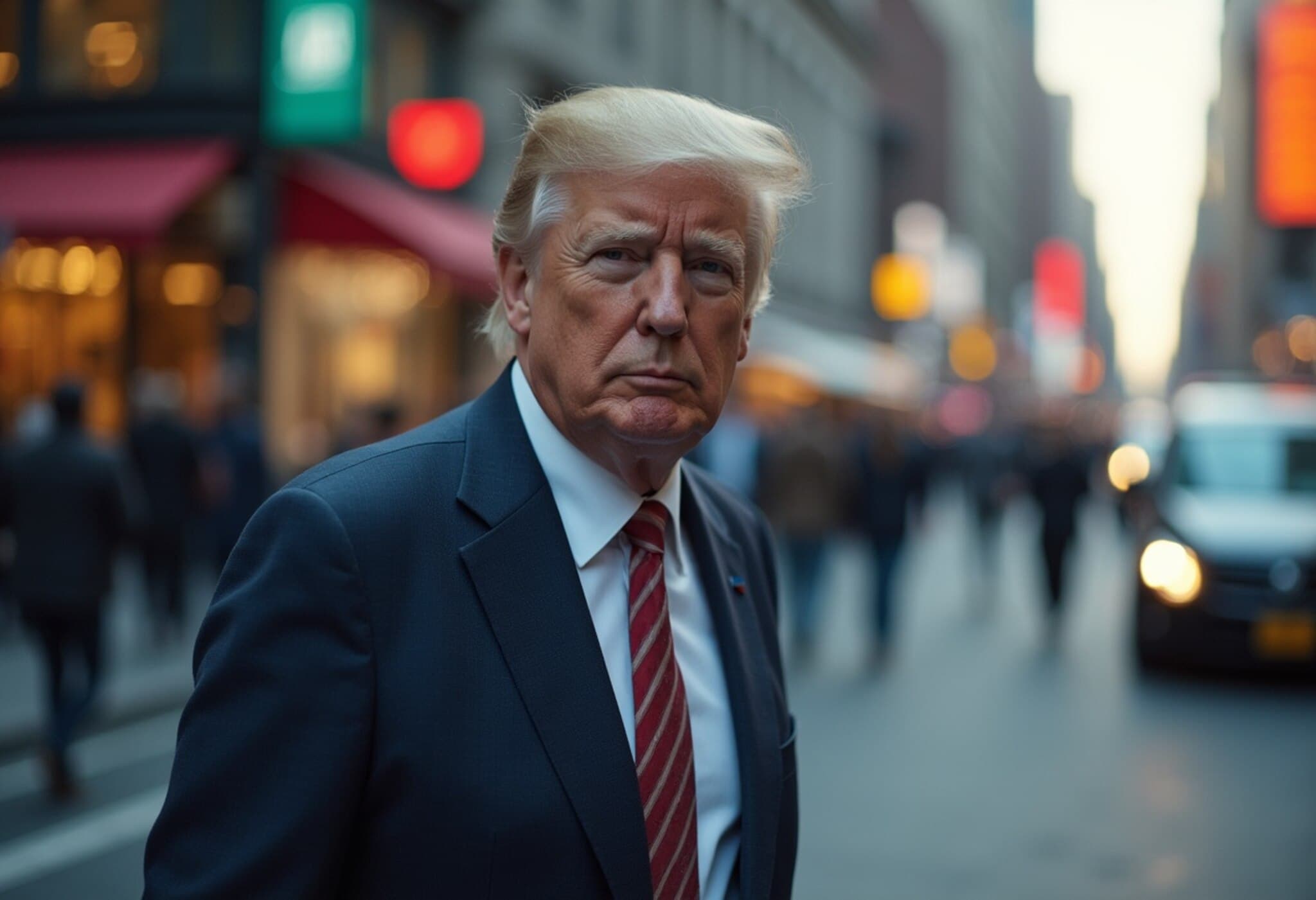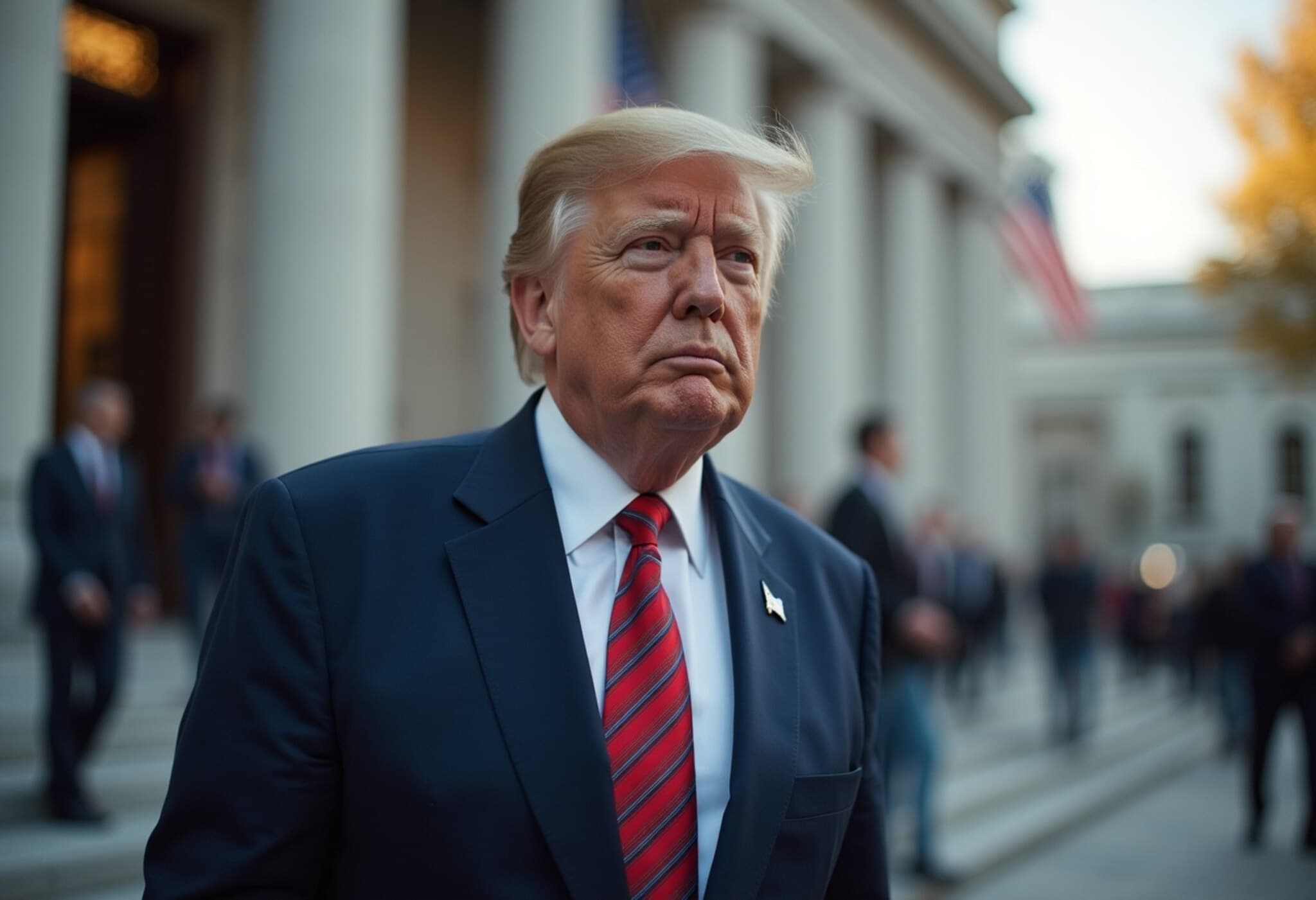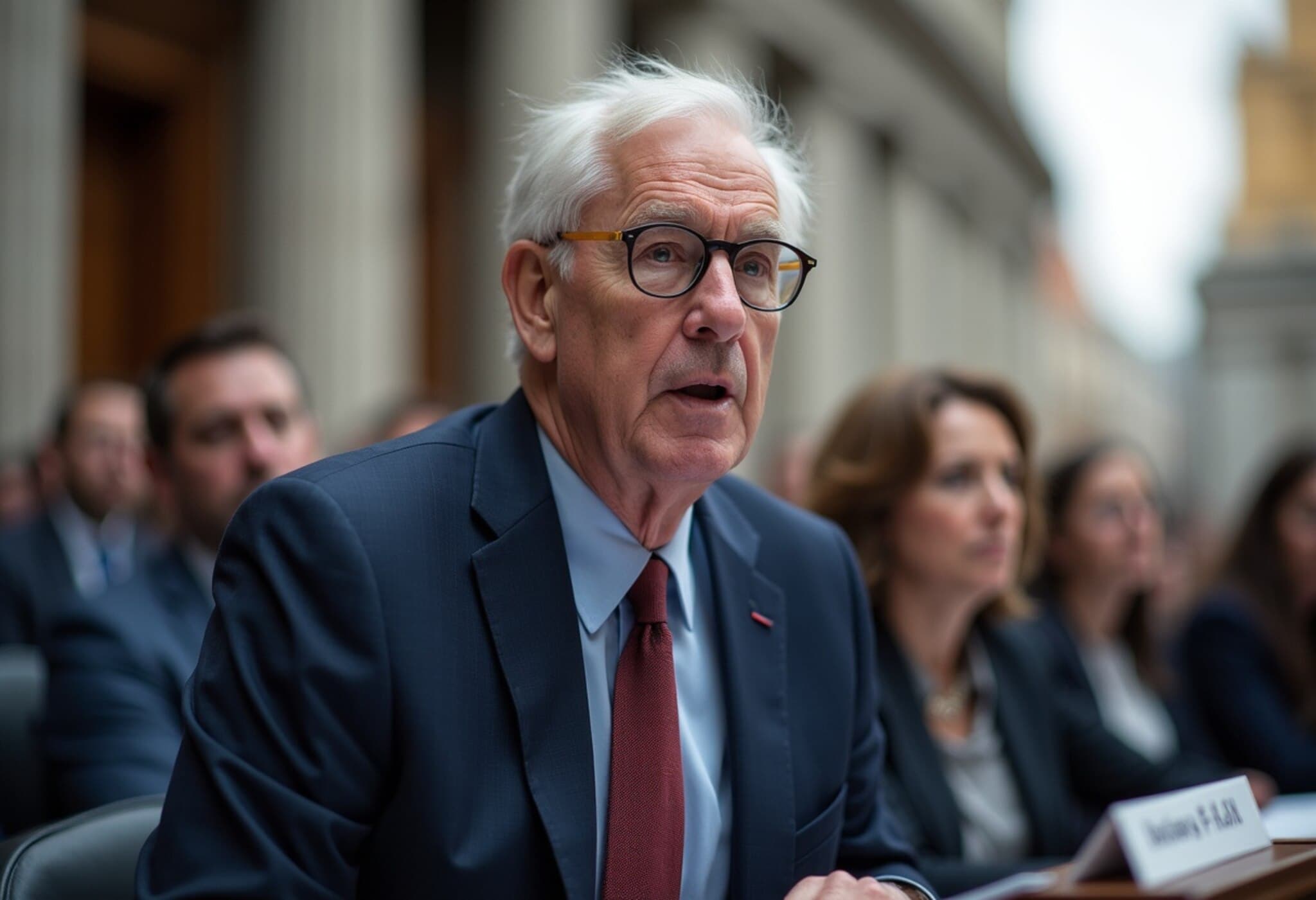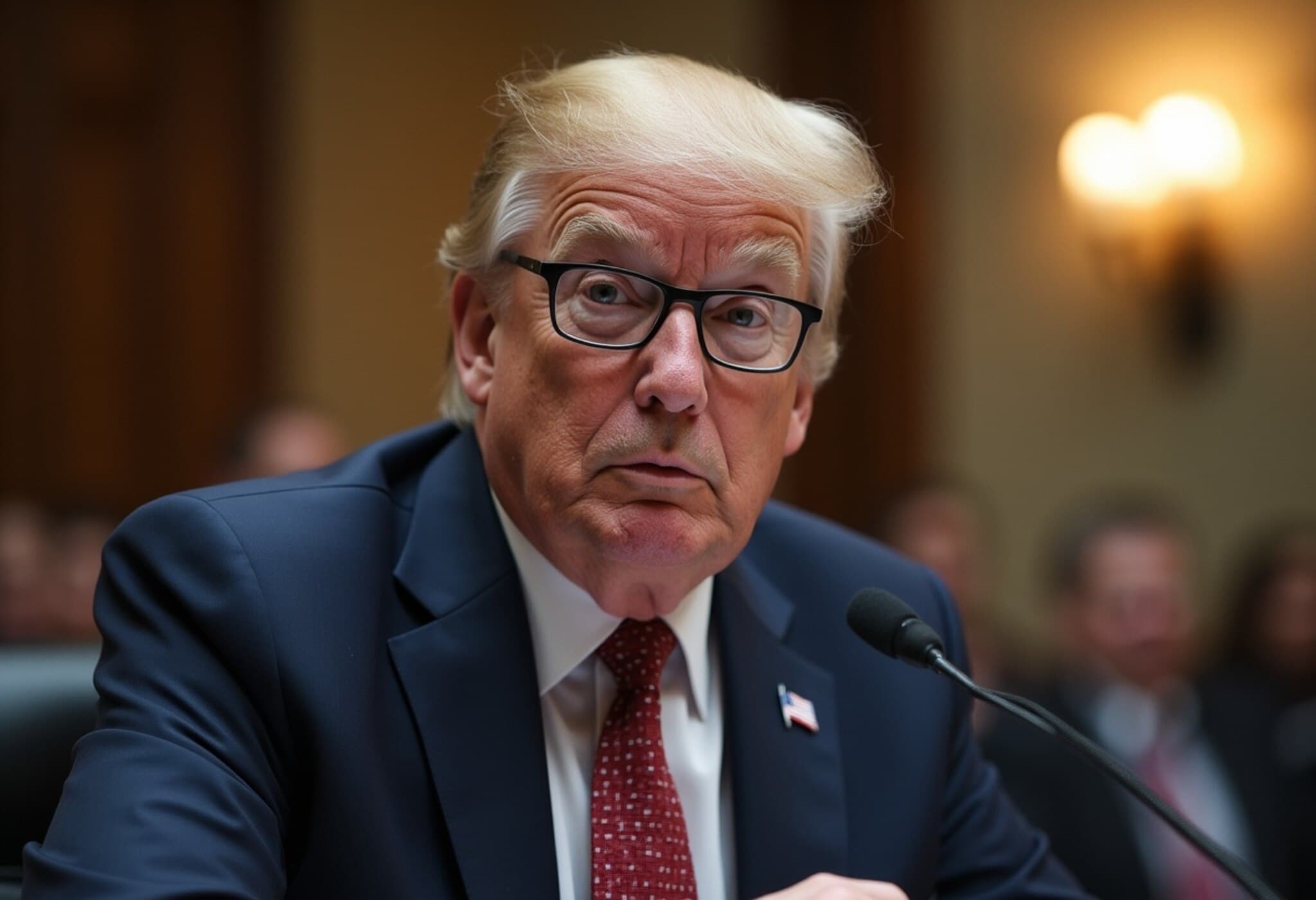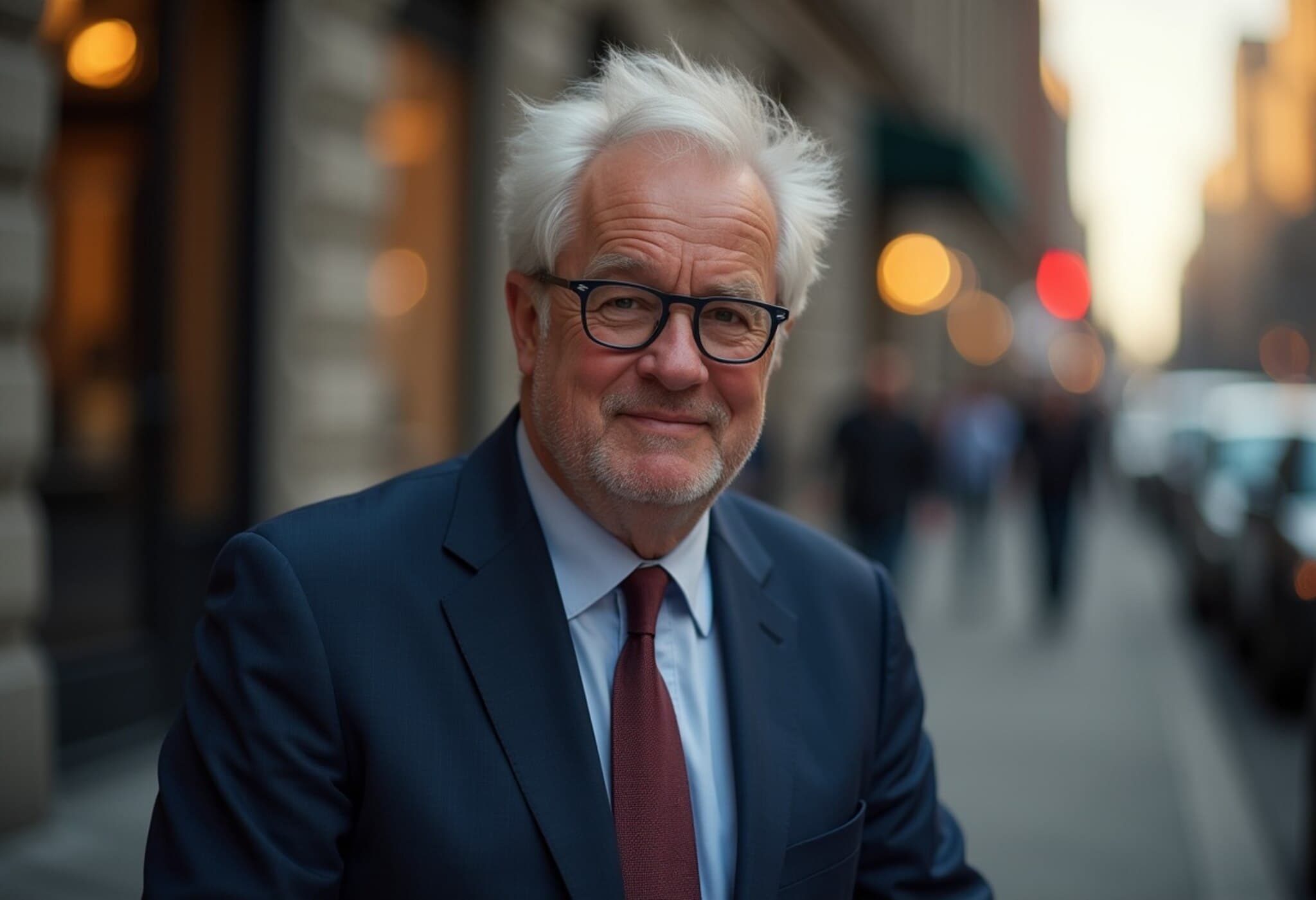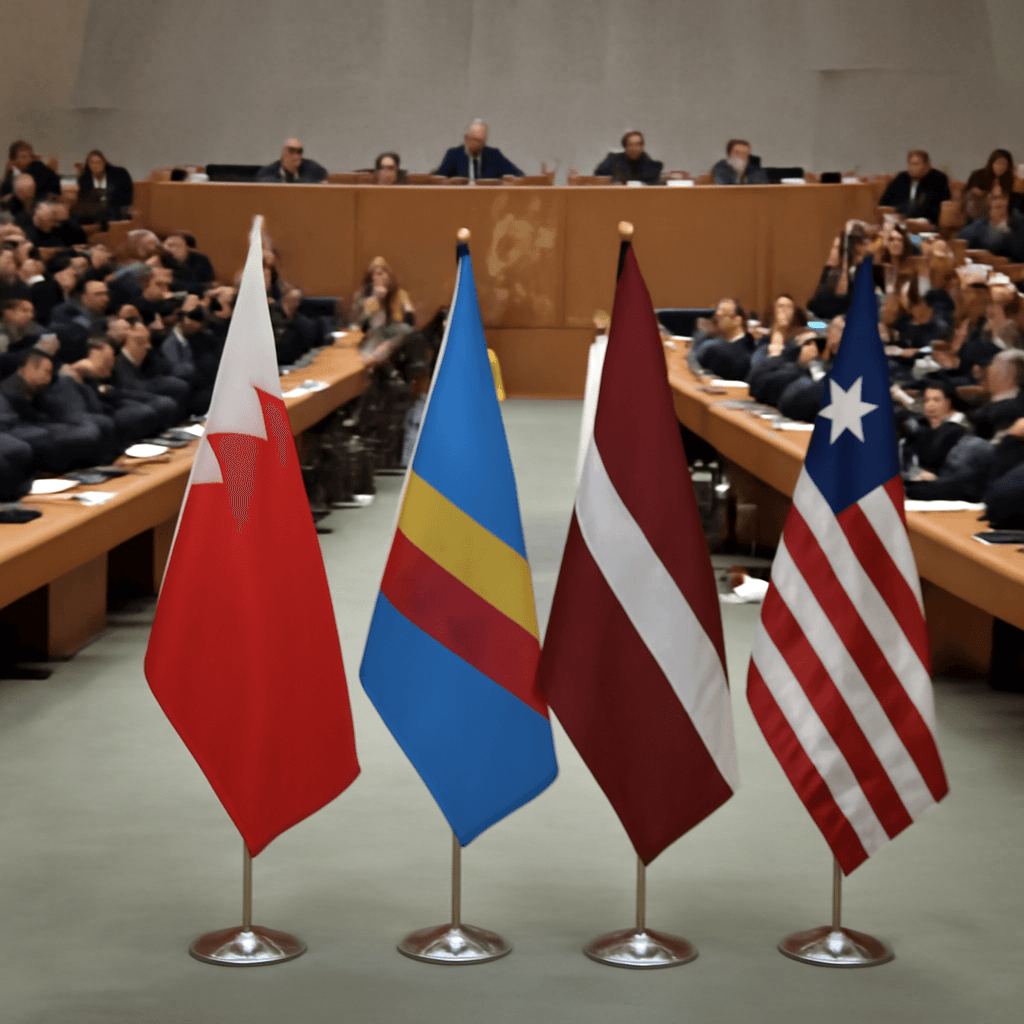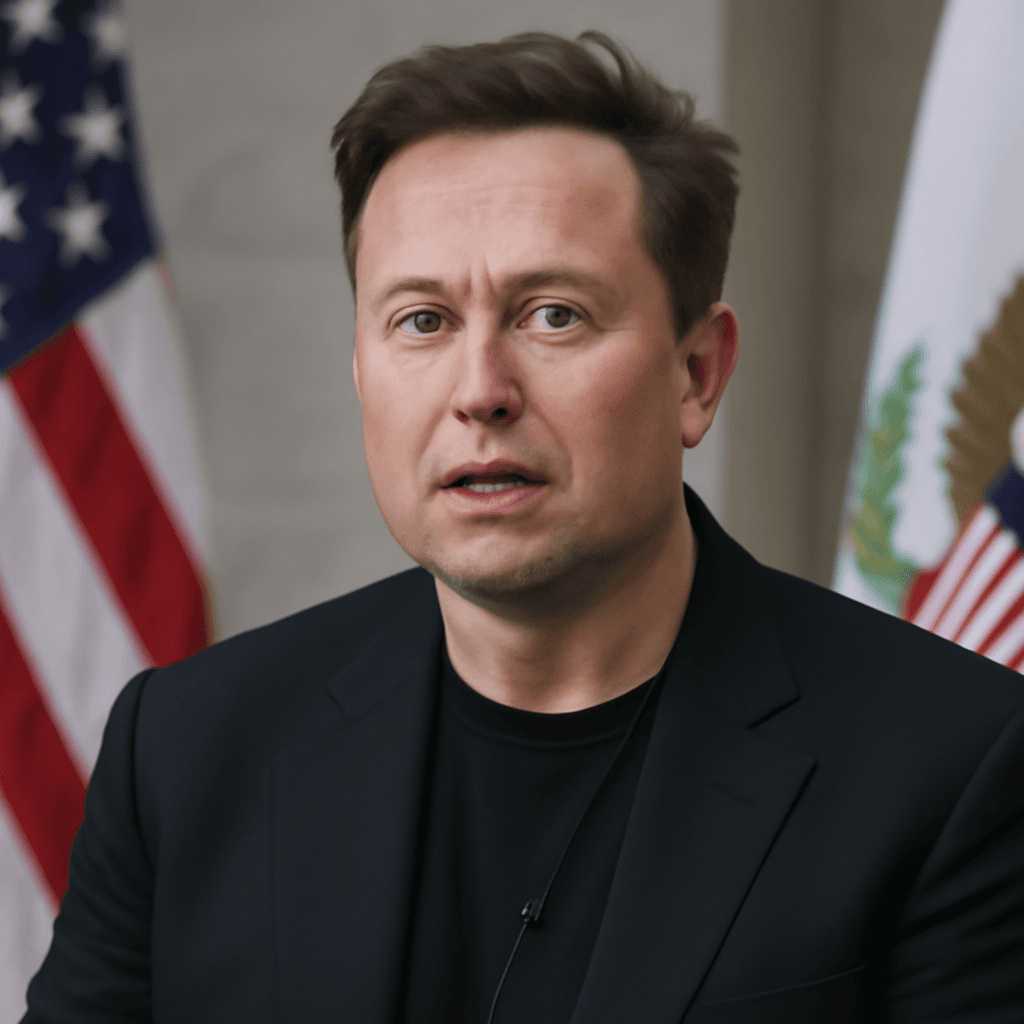Fed Governor Raises Concerns Over Inflation and Tariffs
Federal Reserve Governor Lisa Cook voiced concerns about the recent progress in tackling inflation, suggesting that the decline in inflation rates may be temporary. She cautioned that tariffs imposed under the Trump administration could lead to increased inflationary pressures as they permeate the broader economy.
Impact of Tariffs on Inflation and Employment
Cook highlighted that while the economy presently appears stable, trade policies might adversely affect the labor market. Specifically, she noted:
- Tariffs could drive prices upward, reversing inflation improvements.
- The labor market may experience cooling effects as a result of these trade measures.
She refrained from taking a stance on policy decisions themselves but emphasized analyzing their economic consequences. These include a potential increase in inflation and associated risks to employment levels.
Challenges in Achieving Inflation Targets
Despite recent data showing inflation near the Federal Reserve's target—thought to be close to 2.1% in April according to the Fed’s preferred price index—Cook warned that trade-related price increases could complicate further inflation reduction efforts. Key points include:
- Price hikes from trade policies may hinder short-term inflation improvements.
- Post-pandemic experiences have influenced firms to raise prices more readily and consumers to anticipate persistent inflation.
- Surveys forecast elevated inflation expectations in the coming year, although market-based indicators suggest stabilization over the longer term.
Monetary Policy Outlook and Uncertainty
Cook’s comments precede the Federal Reserve’s scheduled policy meeting in mid-June, where the central bank is widely expected to maintain current interest rates. She did not specify when rate easing might resume but emphasized the Fed’s readiness to respond to evolving economic risks. Cook remarked:
"The U.S. economy remains on a solid footing, yet heightened uncertainty threatens price stability and employment goals. Drawing lessons from recent economic history is vital when navigating such uncertain periods."
This cautious approach aligns with other Federal Reserve officials’ statements. For instance, Atlanta Fed President Raphael Bostic anticipates only a single rate cut within the year, citing persistent inflation risks.
Divergent Views on Tariff Impact and Policy Response
Views on the severity of tariff impacts differ among Fed members. Another governor projected milder tariff effects emerging in the latter half of the year, potentially creating an environment for positive rate reductions before year-end.
Summary of Key Points
- Federal Reserve Governor Lisa Cook warns tariffs could reverse recent inflation gains.
- Trade policies may negatively affect the labor market despite current economic strength.
- Inflation remains near target but uncertainty endangers continued progress.
- Monetary policy likely to stay steady ahead of the June Fed meeting, with rate cuts uncertain.
- Fed officials hold differing opinions on tariff effects and timing of interest rate adjustments.



